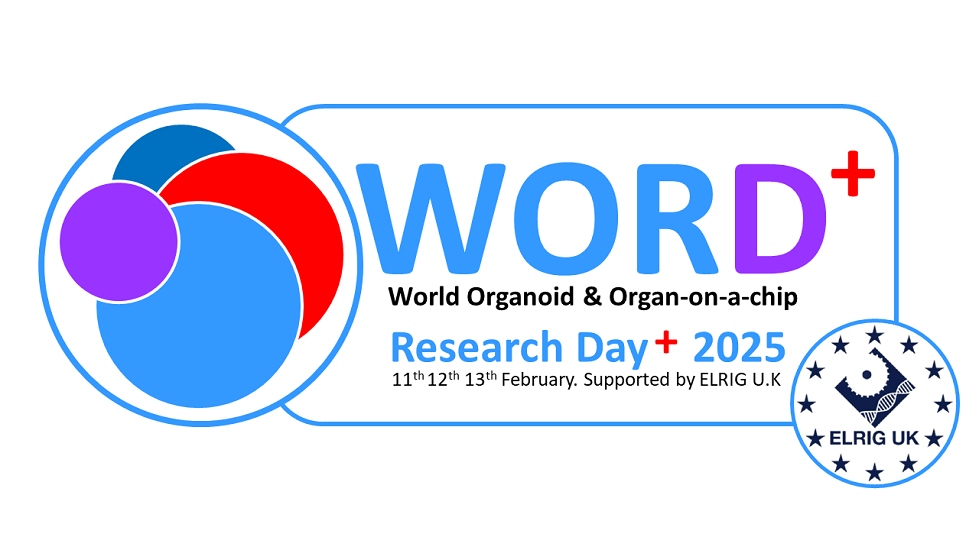Authors
M Panamarova1; L Holland1; C Collins1; C Henderson1; H Lingala1; A Yeung1;
1 Wellcome Sanger Institute, UK
Overview
High-throughput assays utilizing organoid disease models have emerged as an increasingly indispensable tool in drug discovery, screening, and biobank generation. These advanced techniques leverage the physiological relevance of organoids that enable a more comprehensive and accurate representation of disease conditions while offering scalability and increased reproducibility.
Introduction
Establishing high-throughput assays using organoid models that grow within temperature-sensitive hydrogels presents distinct challenges. These include the requirement for rapid dispensing, precise centring of the hydrogel in a multi-well plate, ensuring consistent and reproducible dome volumes across wells, and maintaining consistency compatible with optimal organoid growth conditions.
Methods
Here, we demonstrate using cancer and intestinal organoid models how the IncuCyte SX5 live-cell microscopy system (Sartorius) was implemented to monitor and automatically quantify the organoid growth kinetics, viability and changes in morphology. We further validate how organoid plating using Automated Liquid Dispenser Mantis (Formulatrix) dramatically cuts down the time required to set up such assay in a high-throughput format while increasing the intra- and inter-assay reproducibility.
Results
We implemented this assay technology to assess the propagation and differentiation potential of novel intestinal organoid lines generated for a biobank as part of the IBD Response. This multi-centre cohort study seeks to understand the mechanism of drug response in IBD patients. Additionally, we demonstrate how we employed the same technology to conduct a small molecule screen to optimise the culture media to derive and expand ovarian cancer organoids as part of the Human Cancer Model Initiative.
Conclusion
Our results highlight how the ability to automatically visualize and quantify the growth and morphology changes over time can be harnessed to perform robust quality control checks and to perform screens to optimise the existing cell culture components. Our assessments carried out in human cancer and intestinal organoids demonstrate that such an approach is translatable, and can be implemented for a wide range of organoid disease models and applications.

